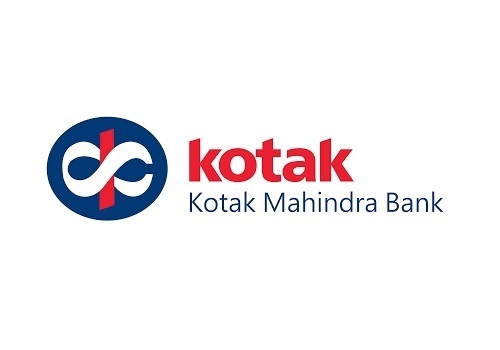Expert Speak : Dr. Dalvi is a chemical engineer teaching at the Institute of Chemical Technology by Motilal Oswal Financial Services Ltd
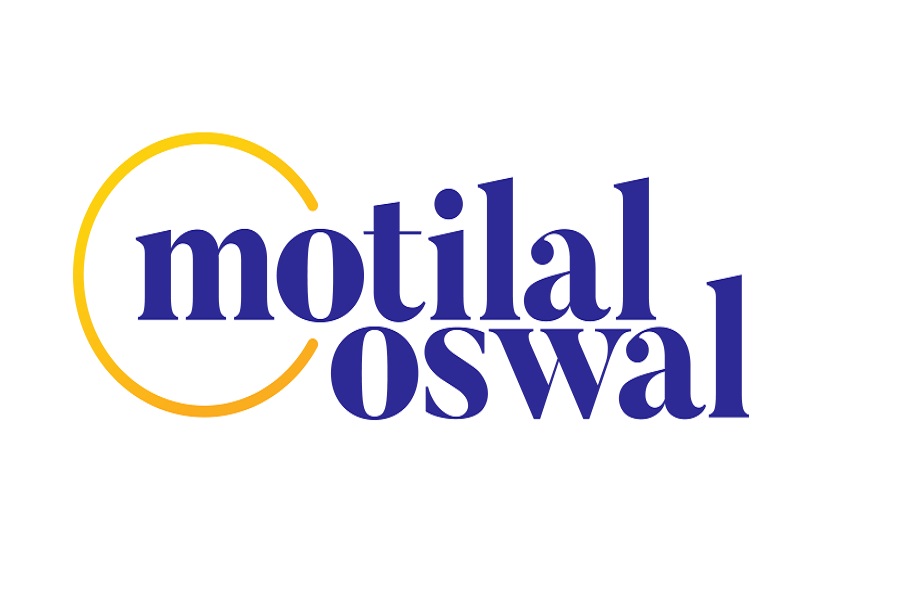
Positioning of Indian chemicals sector amid current volatile environment
We hosted an expert session to assess the positioning of the Indian chemicals sector during these volatile times and explore the potential impact of US tariffs on global trade in the sector. Below are the highlights from the session:
* The recent tariff implementations are not merely trade barriers; they are strategic efforts to revive and strengthen the small-scale manufacturing base of the US.
* Historically, the US has followed an open trade model. However, the rapid rise of China as a manufacturing superpower necessitates a reassessment and reclassification of this approach.
* India, notably, has not imposed retaliatory tariffs and continues to maintain a relatively open trade stance. This positions India advantageously, offering opportunities to replace other countries in global supply chains and deepen trade ties with the US.
* However, as U.S.-China trade relations deteriorate, China is likely to face a surplus of goods. This excess supply may be redirected to other global markets, leading to a potential dumping scenario. As a result, the prices of raw materials and manufactured goods could see a sharp decline.
* Establishing local manufacturing units for key chemicals, such as Phthalic Anhydride and Chlorobenzene, in strategic markets like the US could be a highly effective move. Given its extensive availability of petroleum-based raw materials, sourcing inputs domestically while producing within the U.S. would provide both logistical and cost advantages.
* Wherever a company establishes its manufacturing operations, the primary focus should be on catering to the local market, ensuring agility and market relevance.
* With the advancement of automated and continuous flow manufacturing technologies, modern plants now require significantly fewer human resources.
* This presents a unique opportunity; companies can leverage cost-effective Indian engineering and design expertise while setting up high-tech manufacturing operations in developed markets like the US.
* This hybrid model—engineering in India and manufacturing abroad—combines efficiency with cost saving.
* India must prioritize the development of its domestic consumer market, which holds immense potential due to its large and growing population, particularly in textiles, medicines, etc.
* Indian companies with strong trade relationships in the US are well-positioned to benefit from the shifting global dynamics.
* There are potential loopholes in tariff structures:
* China may circumvent direct restrictions by exporting its products to third-party countries such as Vietnam or Hungary, from where the goods can be shipped to the US under different trade classifications.
* The ideal strategy for manufacturing remains the same: engineer in low-cost regions like India and manufacture in high-value markets like the US, utilizing automated, lowlabor plants. This model combines cost-efficiency with market access and is especially effective in a high-tariff environment.
* As the US imposes tariffs on Chinese goods, a divergence in pricing is expected.
* For products where the US has no alternative suppliers, prices are expected to rise.
* On the other hand, for goods with available substitutes, prices may decrease due to increased competition and restructured trade routes.
For More Research Reports : Click Here
For More Motilal Oswal Securities Ltd Disclaimer
http://www.motilaloswal.com/MOSLdisclaimer/disclaimer.html
SEBI Registration number is INH000000412
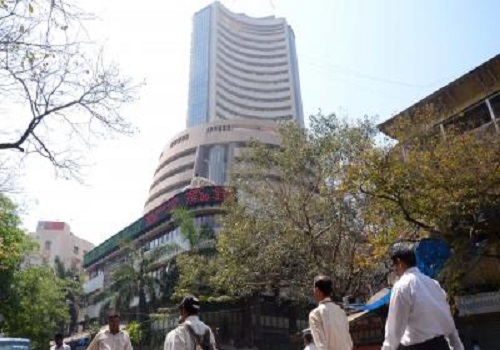


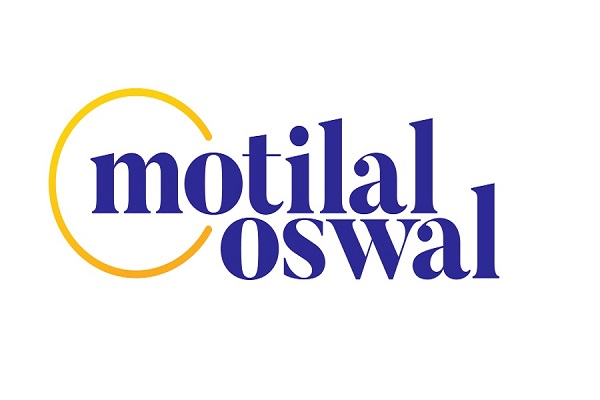





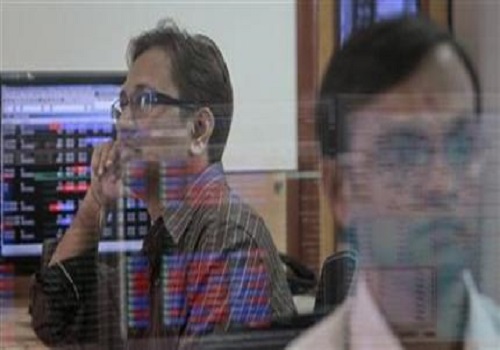
More News

MOSt Market Roundup : Nifty future closed negative with losses of 0.27% at 26142 levels by M...












